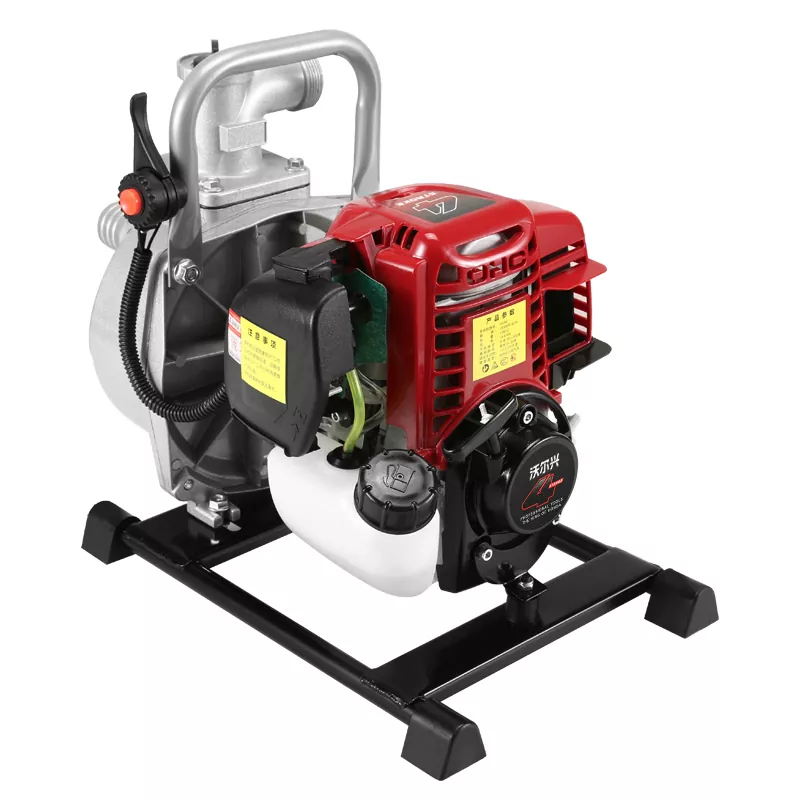Why does the self-priming pump operate but not absorb water?
2025-04-17
The main reason why the self-priming pump operates but does not absorb water is that the pipeline leaks, insufficient liquid storage or mechanical failure, which requires targeted inspection and repair. The following are specific reasons and solutions.
1. The pipeline is not tightly sealed or leaks.
Check whether there are fine cracks or sealing failures in the inlet pipeline of the self-priming pump (especially at the joints and flanges). You can locate the leak by applying soapy water or engine oil to observe whether it is sucked in. If the flange is too thin or the gasket is deformed, you need to tighten the bolts diagonally or replace the parts.
2. Insufficient liquid storage or no primer
Before starting the self-priming pump for the first time, you must ensure that the pump body is filled with primer. If the water flows back after the pump is shut down, causing air to enter, you need to install a stop valve at the outlet and close it before shutting down.
3. Pipeline blockage or impeller problem
Clean the debris in the inlet pipeline, bottom valve and pump cavity of the self-priming pump to ensure smooth flow. Check whether the impeller is worn or stuck, and replace it with a new impeller if necessary.
4. Improper installation or excessive suction range
The number of elbows in the inlet pipe of the self-priming pump should not exceed 2, and 45-degree elbows should be used as much as possible; the pipe diameter must match the pump to avoid unauthorized expansion.
When the suction range exceeds the allowable range of the pump, it is recommended to replace a pump with a higher self-priming capacity or use a submersible pump instead.
5. Damage to mechanical parts
Check whether the seal of the self-priming pump is leaking, whether the packing gland is too loose, and replace the damaged parts in time.
If the motor speed is insufficient (such as unstable voltage or winding failure), it is necessary to repair the power supply or replace the matching motor.

























